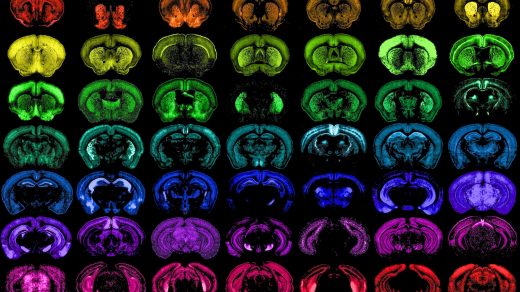
There might be a way to know Parkinson’s disease is progressing in people long before they sense the physical changes. Researchers in Australia injected patients with a synthetic compound formulated to bind to a protein in the brain known as VMAT2, the Guardian reports. A PET scan then can produce images that create an imaging biomarker that shows the strength and areas of activity of VMAT2, which has been linked to Parkinson’s disease. The study’s results were published Thursday in the international journal Neurology.
The subjects had two PET scans two years apart. The current method of detecting Parkinson’s disease—which pretty much means asking people if they have any of the symptoms—raised no concerns. But the PET scans reflected significant neuronal loss in three parts of the brain of people who had Parkinson’s disease. Early detection could make a big difference in treatment. “Parkinson’s disease is very hard to diagnose until symptoms are obvious, by which time, up to 85% of the brain’s neurons that control motor coordination have been destroyed,” said Kevin Barnham, a professor and the lead researcher of the project at the Florey Institute and Austin Health in Melbourne. “At that point, many treatments are likely to be ineffective.”
Much earlier detection is the researchers’ goal, per the Guardian. Mathematical modelling might at some point be able to detect Parkinson’s disease as long as 30 years before symptoms appear, Barnham said. Such research on Parkinson’s trails far behind the work on Alzheimer’s disease, another Australian expert said, though Parkinson’s is the fastest-growing neurological disease. There’s a need for more Parkinson’s knowledge. Barnham said it’s often considered an affliction of old age, but it actually begins in midlife. It can be undetected for decades, he said. (Actor Michael J. Fox is among those hit early by Parkinson’s.)


